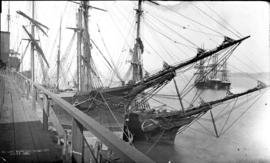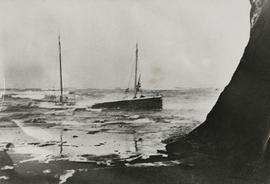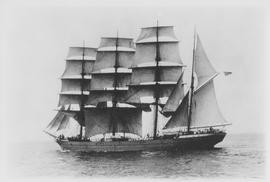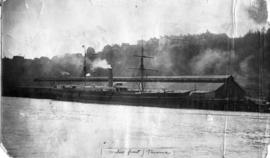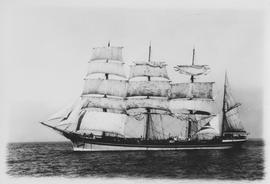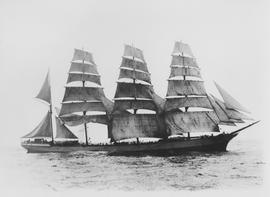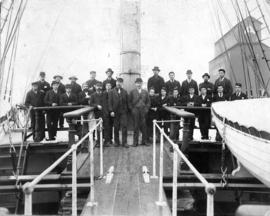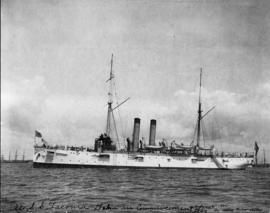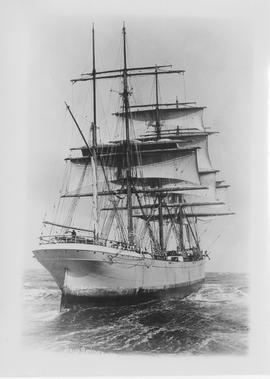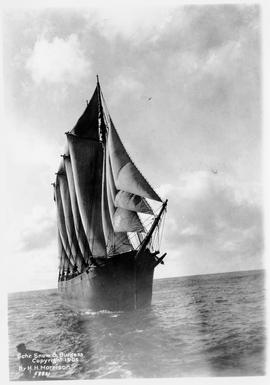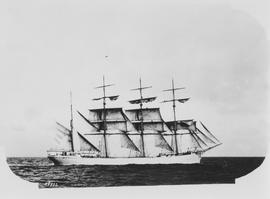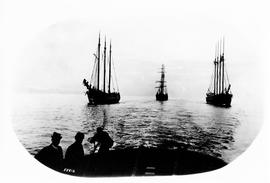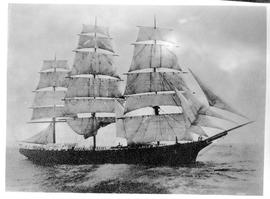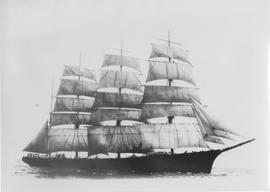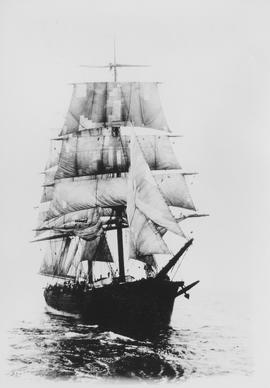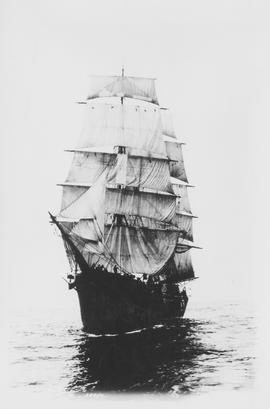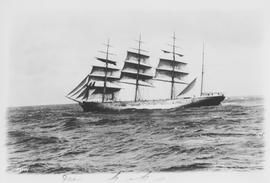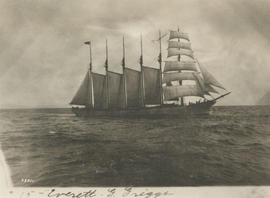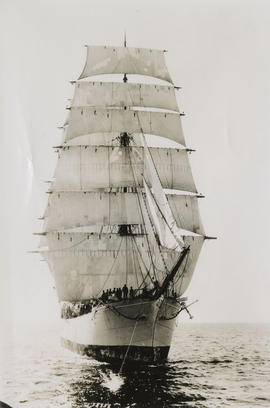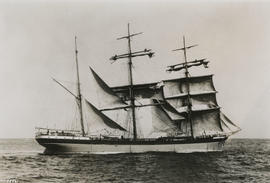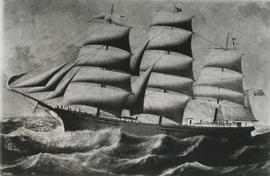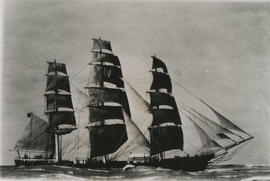- Item
- 1888
Part of General Photograph Collection
ca. 1888. Two ships sit at dock next to the Tacoma coal bunkers while three more ships lay at anchor in Commencement Bay in this photograph from 1888. The enormous bunkers along the waterfront enabled Tacoma to become, briefly, the leading coaling station on the Pacific Coast. In 1879-180, the Northern Pacific built a branch railroad up the Puyallup River valley and opened the Pierce County field in Wilkeson, Carbonado, and Fairfax. The first commercial coke plant was established and put into operation by the Tacoma Coal and Coke Company in 1888. TPL-8327
Ore industry--Tacoma--1880-1890; Coal--Tacoma--1880-1890; Cargo ships--Tacoma--1880-1890; Sailing ships--1880-1890
